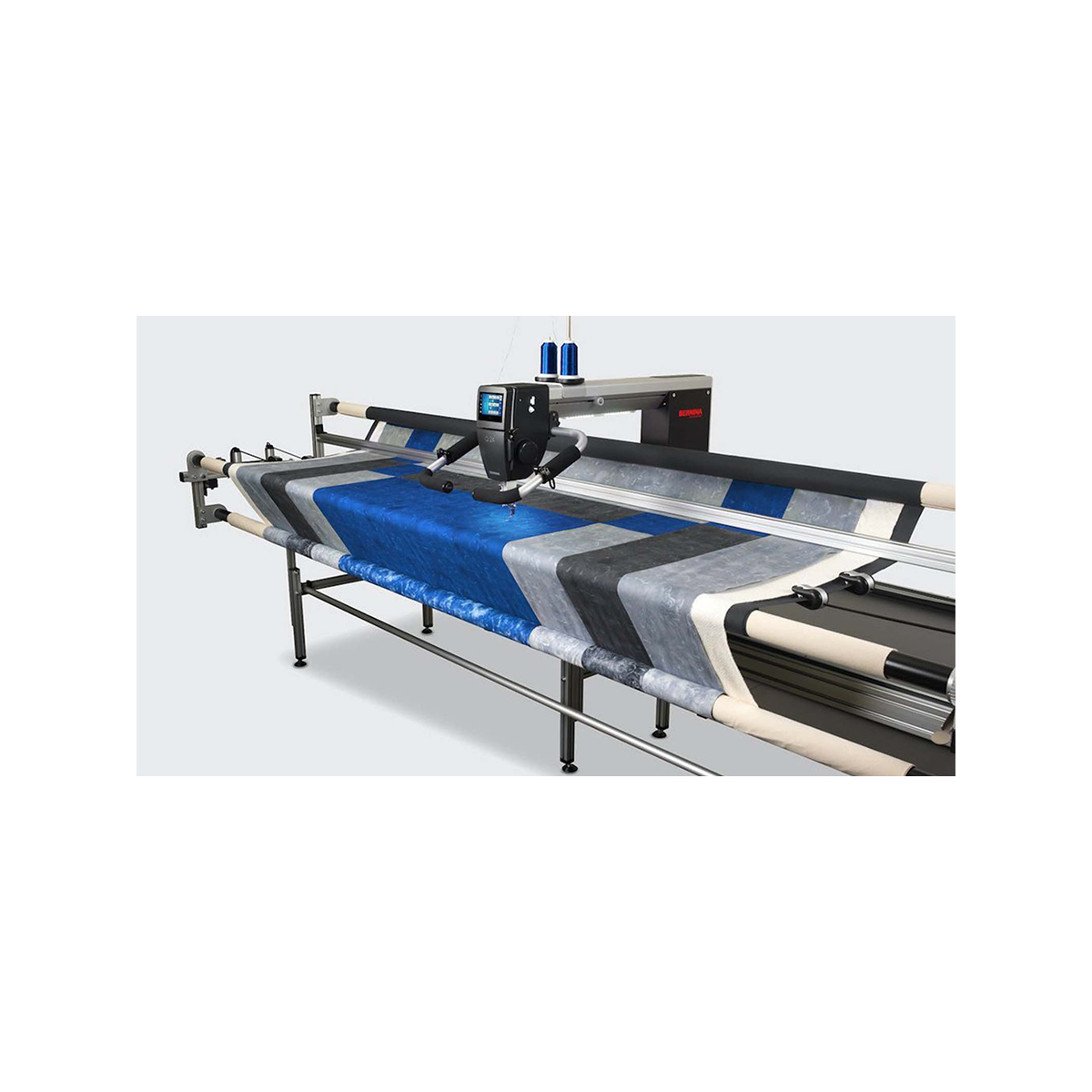
Almost as important as your quilt top, your backing can ‘make-or-break’ the finished product. Here’s what’s important to remember.
- Size. Your backing should be at least 6 inches larger on all sides than your quilt top. That is a total of 12 inches. This lets us load comfortably onto the rollers of the machine and the extra on the sides means your quilt is well supported right out to the edge. If your backing fabric is smaller you can sew a strip of extra fabric to the top or bottom or both. This will not be quilted into your quilt but gives us room to load your quilt properly.
- Configuration. If you have to piece your backing fabric try if at all possible to have the seam run horizontally to the machine. A backing with a vertical seam is not ‘unquiltable’ but because the seam is thicker, as the backing is rolled onto the roller a lump is created. This can distort your backing fabric or cause a tight line in the centre.
- Stitching. Sew your backing together with a wider than usual seam; ½ to 5/8 inch at least. Trim the selvedges off the seam and press the seam open to reduce bulk.
- Pressing. Press the whole backing well and fold it gently into a bag or place on a hanger for delivery to your longarmer.
Things to be aware of.
“Cuddle”, “Minky”, “Fireside” and other soft polyester fabrics make great cuddly quilt backs. However they are much heavier in weight than standard cotton. A king sized quilt with a “Fireside” backing will be very heavy. Not the best choice for tucking in the mail!
If you plan on using a sheet for a backing either trim off or unstitch all the hems and wash and press it well. Hems can create the same uneven tension as a vertical seam. Most sheets are a higher thread count than quilting cotton so it too may create a heavier than usual quilt.
Pieced backing are very nice and are a great way to use up those extra blocks or scraps from your quilt top. If you want the pieced area to be in a particular spot behind your quilt top (ie. Centred, or on the left or right side) make sure to tell your longarmer when you drop off your quilt.
